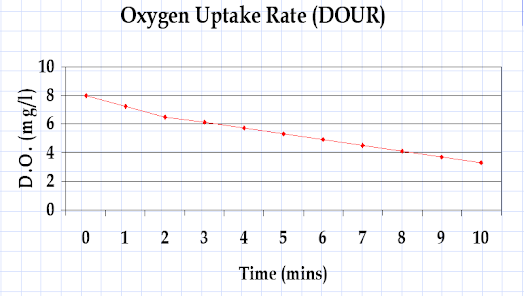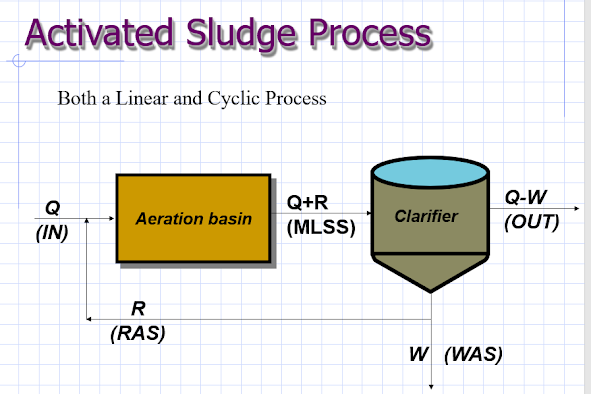
Hidden Dangers of Improperly Abandoned or Constructed Wells Steve Walker, P.G., Source Water Specialist, Georgia Rural Water Association Even though approximately 70% of the earth is covered in water, only about 1-2% of that water is considered drinkable. With humans inhabiting almost every corner of the earth, its easy to see how safe drinking water has always been somewhat of a concern. Here in Georgia, early settlers collected rain water, utilized springs or hand dug wells to obtain drinkable water. Dug wells gradually became more common and allowed people to settle in areas further from drinking water springs. As medical science advanced through the 1800s, people became more aware of the link between unclean drinking water and illness. This knowledge coupled with an ever increasing technical/mechanical ability, fueled the use of machines to drill wells deeper in search of cleaner, more prolific groundwater sources. These steel-cased (or other tubular casing ...


